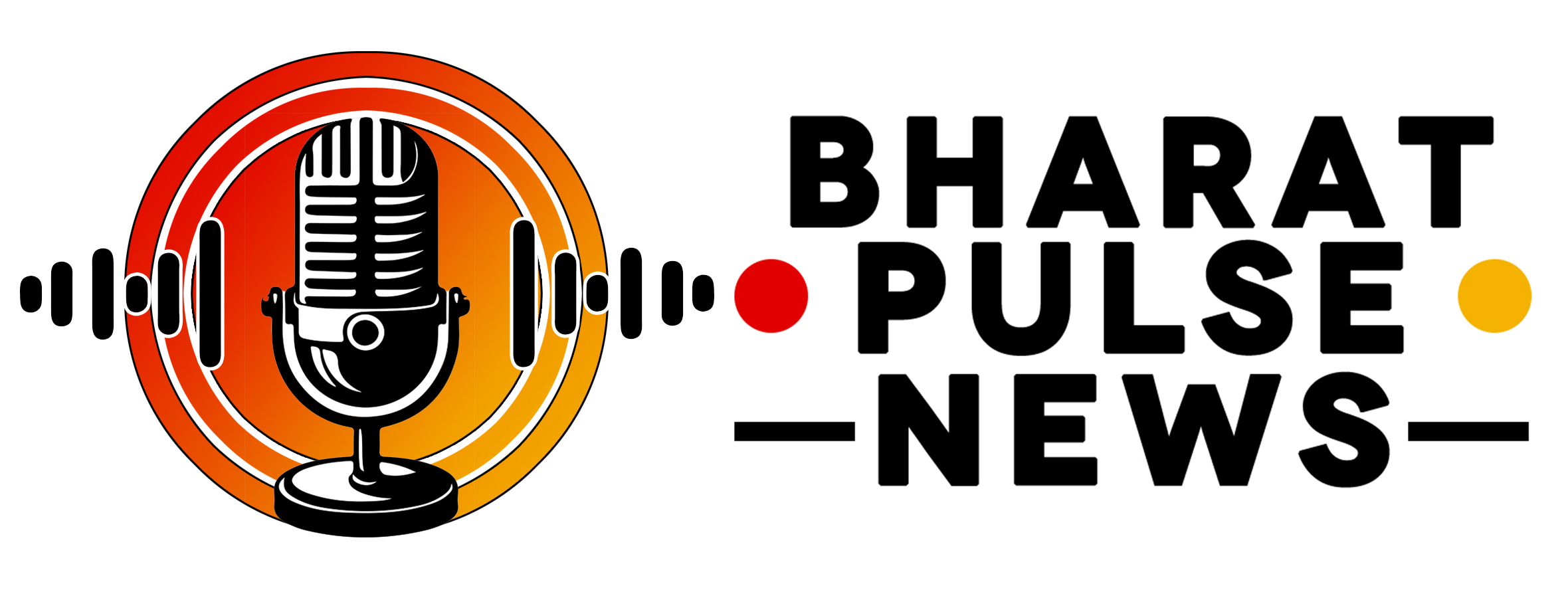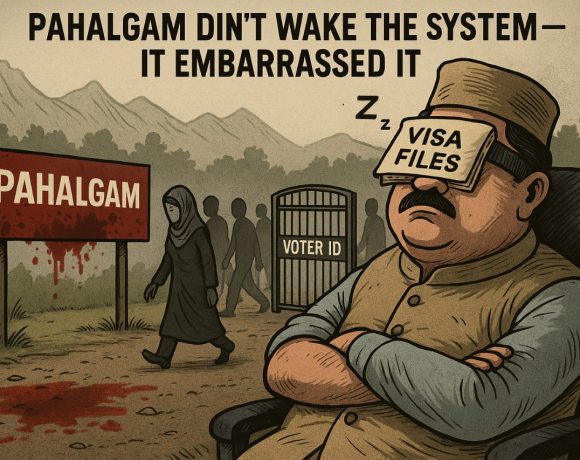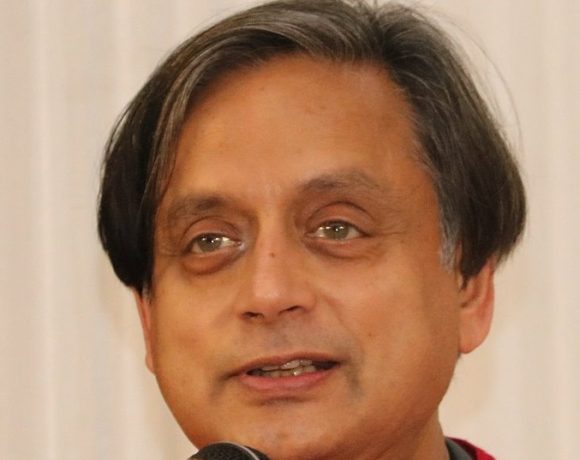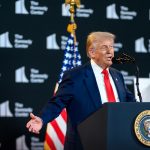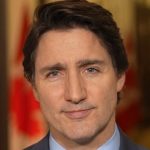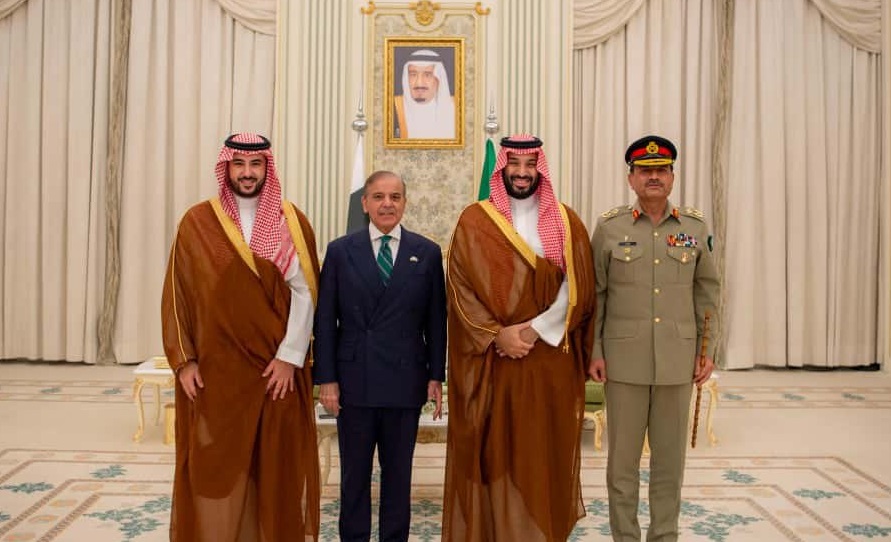
Hiding Behind Saudi After US and China: Pakistan’s Fear of India
Pakistan has perfected the art of hiding in plain sight. When pressure mounts, it rushes to the nearest powerful capital, sells a narrative of victimhood, and rents a new security blanket. The latest blanket is stamped Riyadh. A formal defence pact with Saudi Arabia promises mutual response in case of aggression. On paper it looks like strength. In practice it reads like another confession that Pakistan still cannot stand without someone else’s shoulder.
Pakistan’s Habit of Sucking Up to Superpowers
After Operation Sindoor, when India made it clear that terror will carry a price, Islamabad sprinted to Washington to audition for sympathy. The performance included a doting phase with Donald Trump, complete with public fawning and the laughable Nobel Prize chatter. It was not diplomacy. It was survival theatre.
But Washington was never the only patron. Long before the leash loosened in DC, Pakistan had already sold itself cheaply to Beijing. Under the one belt one road pitch, Pakistan exchanged policy space for loans, ports, and hardware. CPEC became the long corridor of leverage. Debt and defence dependency gave China almost sovereign style influence over Pakistan’s choices, from where the money goes to what the military buys. That is not strategic depth. That is strategic dependency with interest.
The Saudi Pact, Another Borrowed Shield
Enter Riyadh. The defence pact promises that an attack on one will be treated as an attack on both. It codifies what has often existed informally in smaller ways, from trainers to exercises, but the symbolism now is far bigger. For Pakistan, Saudi Arabia is not just a friend. It is a financial oxygen line, a job market for its citizens, a diplomatic amplifier in the Gulf, and now a declared backstop in security language. Calling this sovereignty is a stretch. It is outsourcing survival to the highest available patron.
For Saudi Arabia, the calculation is different. Riyadh is recalibrating its security architecture while the region stays volatile. A partnership with a nuclear armed military gives messaging power, even without explicit nuclear clauses. The optics do the deterrence. Islamabad gets the headline. Riyadh gets optionality. Neither of these realities makes Pakistan stronger by itself. They only make Pakistan louder about borrowed confidence.
India’s Assertiveness Under Modi
India has shifted the grammar of response. Surgical strikes and Balakot ended the old pattern of absorbing pain and writing op-eds about restraint. New India under Narendra Modi telegraphed that sovereignty includes the right to preempt and punish. That shift rattled Islamabad. Instead of reforming its internal security or rolling back cross border assets, it chose a familiar answer, stack more external shields. US yesterday, China today, Saudi tomorrow. The message is simple. Pakistan fears the cost of misadventure when India is willing to impose it.
Independence Versus Dependency
India’s rise rests on strategic autonomy, not on rented umbrellas. It invests in indigenous defence, builds partnerships that improve capability, and keeps decision making sovereign. It calibrates ties with the US, balances China with deterrence and diplomacy, and grows footholds in the Gulf without mortgaging policy. That is a slow grind, not a viral headline, but it compounds.
Pakistan’s model is the mirror opposite. Outsource credit, outsource kit, outsource confidence. When the bill arrives, bargain for time by offering more access and more promises. The result is a state that often looks powerful on parade and perpetually fragile in practice. Any shock, economic or military, and the reflex is to look outward for rescue rather than inward for reform.
Prevention Over Cure
The Saudi pact complicates India’s freedom of action. Any future surgical strike or reactive air raid will now carry wider diplomatic calculations. India has no defence allies to underwrite risks or to offer instant cover in the event of escalation. That is by design. It also means the old playbook of punitive raids is now harder to execute without broader fallout. The lesson is clear. Prevention is better than cure.
India must tighten borders with technology, fencing, patrol density, and rapid interdiction. It must harden internal security in border states with better intelligence fusion, faster legal processes for terror financing, and resilient civil defence protocols. It must invest in air and missile defence layers, counter drone nets, and real time surveillance that denies the adversary the comfort of ambiguity. The point is not to posture. The point is to make infiltration costly, provocation unattractive, and escalation unnecessary.
Pakistan may keep hiding behind the US, China, and now Saudi. That is their pattern. India must keep standing on its own feet. In a world where India has no defence allies by choice, the smartest strategy is to make sure that the next crisis never gets the oxygen it needs. Prevention first, cure only if forced.
